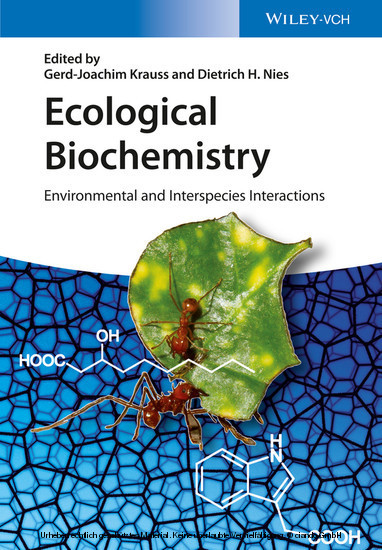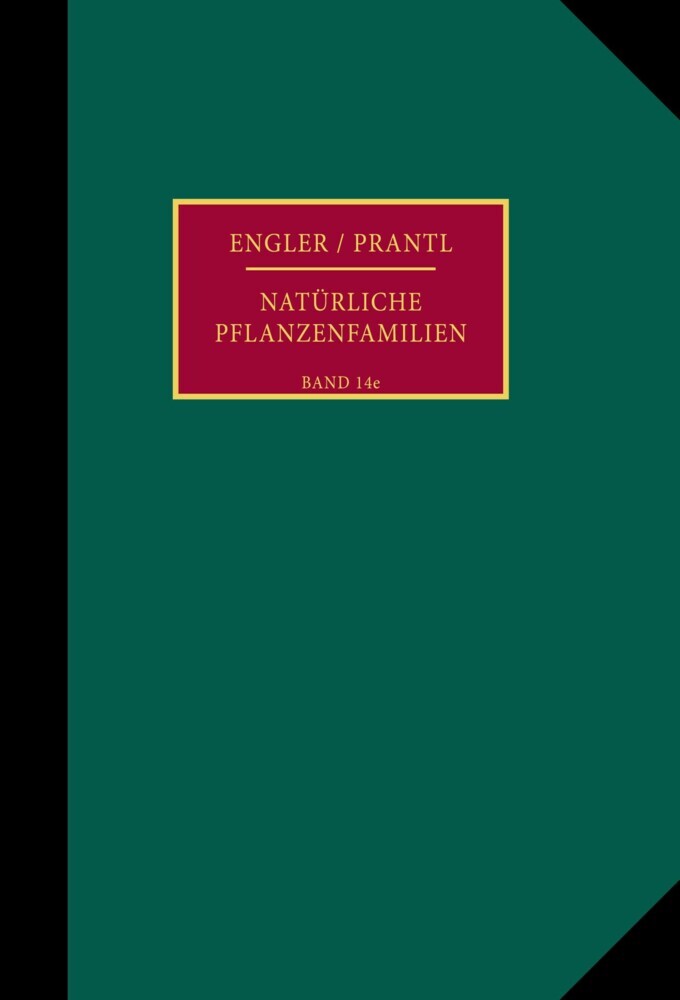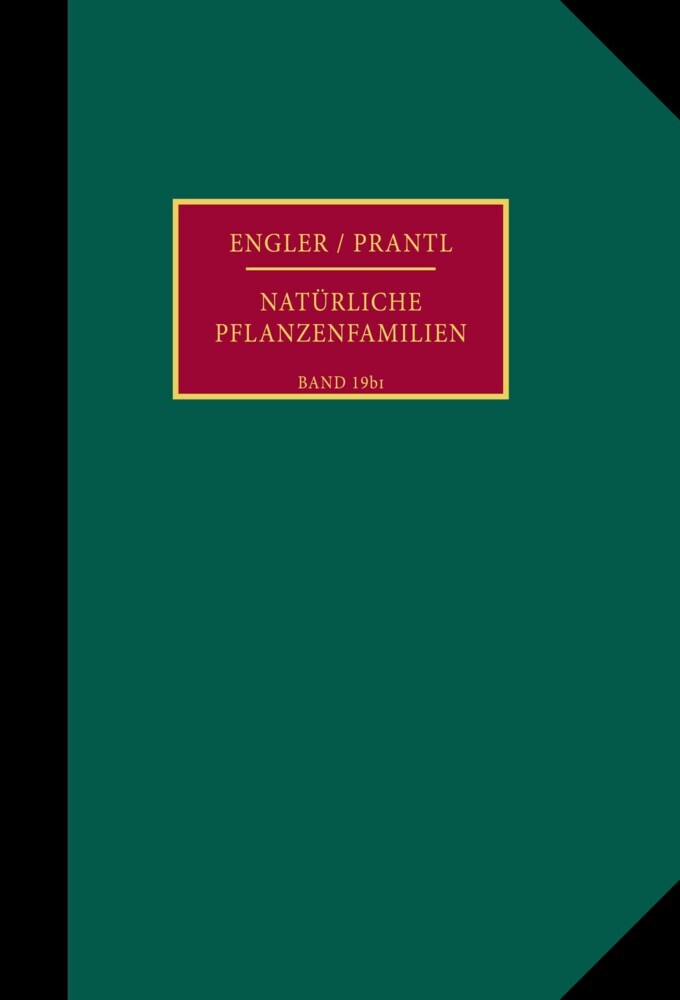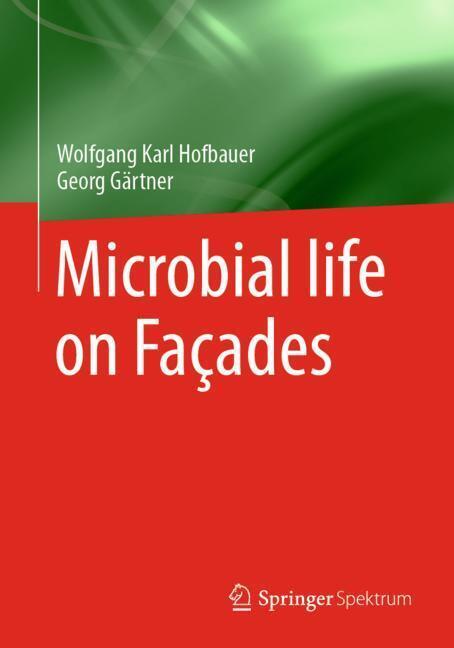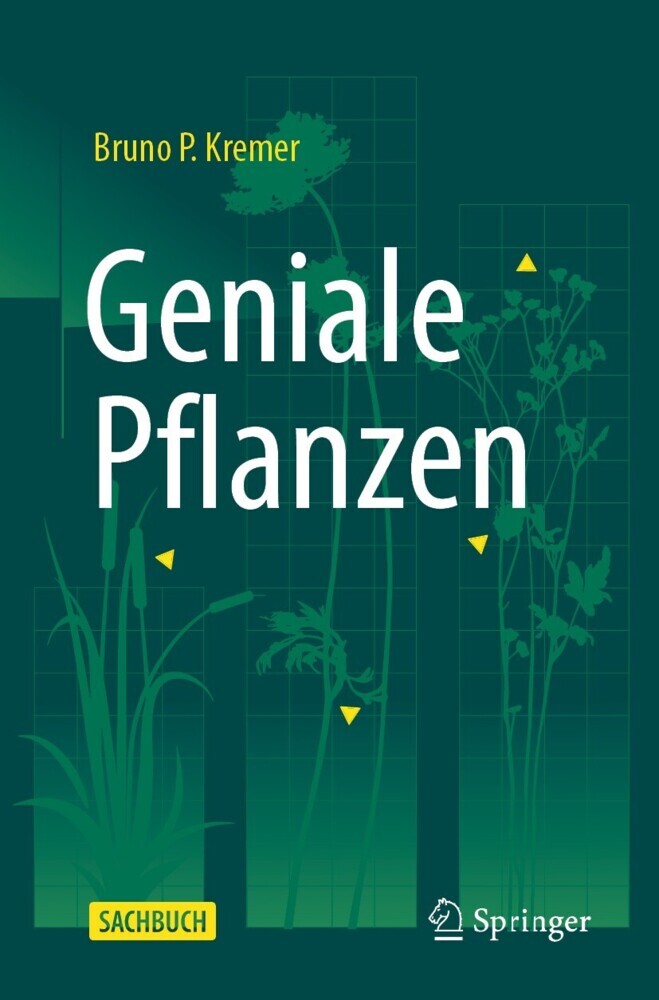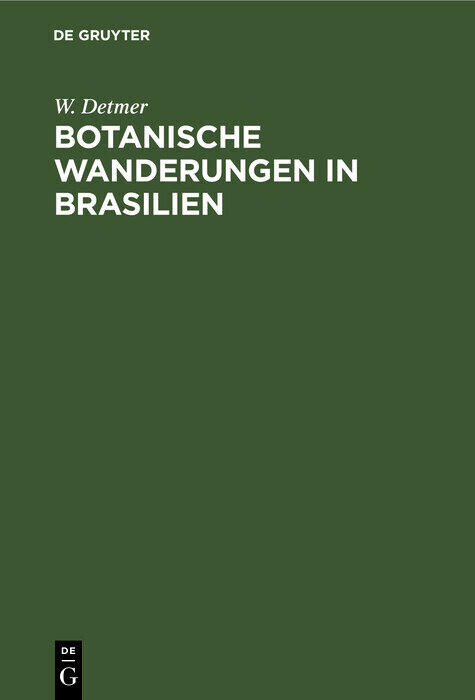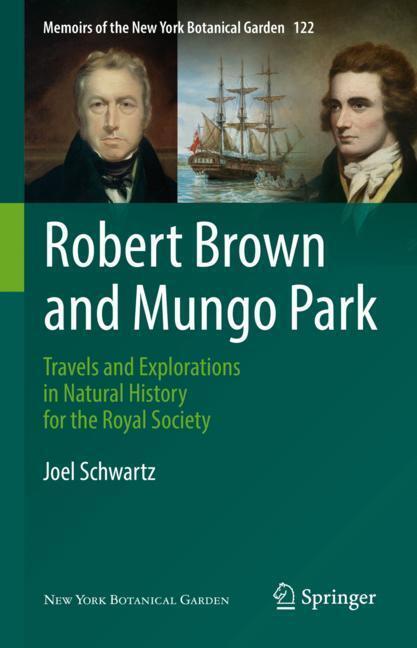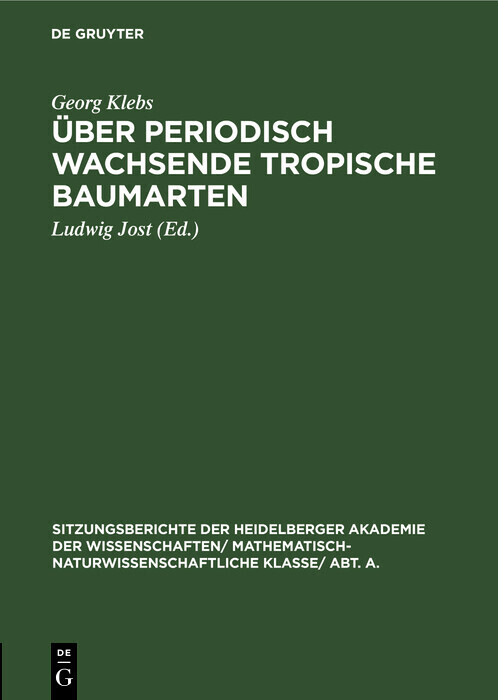Ecological Biochemistry
Environmental and Interspecies Interactions
The first stand-alone textbook for at least ten years on this increasingly hot topic in times of global climate change and sustainability in ecosystems.
Ecological biochemistry refers to the interaction of organisms with their abiotic environment and other organisms by chemical means. Biotic and abiotic factors
determine the biochemical flexibility of organisms, which otherwise easily adapt to environmental changes by altering their metabolism. Sessile plants, in particular,
have evolved intricate biochemical response mechanisms to fit into a changing environment. This book covers the chemistry behind these interactions, bottom up from the atomic to the system?s level.
An introductory part explains the physico-chemical basis and biochemical roots of living cells, leading to secondary metabolites as crucial bridges between organisms and the respective ecosystem. The focus then shifts to the biochemical interactions of plants, fungi and bacteria within terrestrial and aquatic ecosystems with the aim of linking biochemical insights to ecological research, also in human-influenced habitats.
A section is devoted to methodology, which allows network-based analyses of molecular processes underlying systems phenomena.
A companion website offering an extended version of the introductory chapter on Basic Biochemical Roots is available at
Krauß and Dietrich H. Nies are both full professors at the University of Halle. Gerd-Joachim Krauß is working on Ecological and Plant Biochemistry, Dietrich H. Nies work on Molecular Microbiology. They are supported by a team of 26 other scientists and lecturers from Germany, Canada and France.
Ecological biochemistry refers to the interaction of organisms with their abiotic environment and other organisms by chemical means. Biotic and abiotic factors
determine the biochemical flexibility of organisms, which otherwise easily adapt to environmental changes by altering their metabolism. Sessile plants, in particular,
have evolved intricate biochemical response mechanisms to fit into a changing environment. This book covers the chemistry behind these interactions, bottom up from the atomic to the system?s level.
An introductory part explains the physico-chemical basis and biochemical roots of living cells, leading to secondary metabolites as crucial bridges between organisms and the respective ecosystem. The focus then shifts to the biochemical interactions of plants, fungi and bacteria within terrestrial and aquatic ecosystems with the aim of linking biochemical insights to ecological research, also in human-influenced habitats.
A section is devoted to methodology, which allows network-based analyses of molecular processes underlying systems phenomena.
A companion website offering an extended version of the introductory chapter on Basic Biochemical Roots is available at
Krauß and Dietrich H. Nies are both full professors at the University of Halle. Gerd-Joachim Krauß is working on Ecological and Plant Biochemistry, Dietrich H. Nies work on Molecular Microbiology. They are supported by a team of 26 other scientists and lecturers from Germany, Canada and France.
1;Ecological Biochemistry;51.1;Contents;91.2;List of Contributors;191.3;Foreword;231.4;Preface;251.5;Companion Website;271.6;Part I Basics of Life;291.6.1;Chapter 1 Basic Biochemical Roots;311.6.1.1;1.1 Chemistry and Physics of Life;311.6.1.2;1.2 Energy and Transport;311.6.1.3;1.3 Basic Biochemistry;321.6.2;Chapter 2 Specialized Plant Metabolites: Diversity and Biosynthesis;431.6.2.1;2.1 Metabolite Diversity;431.6.2.2;2.2 Major Classes of Plant Specialized Compounds;441.6.2.2.1;2.2.1 Terpenoids;441.6.2.2.2;2.2.2 Alkaloid Biosynthesis;481.6.2.2.2.1;2.2.2.1 Generation of Metabolic Diversity across Alkaloid Classes;491.6.2.2.2.2;2.2.2.2 Generation of Metabolic Diversity within Alkaloid Classes;511.6.2.2.3;2.2.3 Phenylpropanoid Metabolism;551.6.2.2.3.1;2.2.3.1 Hydroxycinnamic Acids and Lignin;551.6.2.2.3.2;2.2.3.2 Flavonoids, (Pro)anthocyanins, and other Chromogenic Structures;571.6.2.2.3.3;2.2.3.3 Simple C6-C1 Phenolics;581.6.2.2.4;2.2.4 Glucosinolates and Cyanogenic Glucosides;591.6.2.3;2.3 Sites of Biosynthesis and Accumulation;611.6.2.3.1;2.3.1 Specialized Structures and Storage;611.6.2.3.1.1;2.3.1.1 Glandular Trichomes;611.6.2.3.1.2;2.3.1.2 Internal Organs;611.6.2.3.1.3;2.3.1.3 Vacuoles as Sites of Storage of Specialized Metabolites;621.6.2.3.2;2.3.2 Alkaloid Biosynthesis: Pathway Trafficking;621.6.2.4;2.4 Evolution of Specialized Pathway Genes;621.6.2.4.1;2.4.1 Gene Duplication;621.6.2.4.2;2.4.2 Chromosomal Clusters of Specialized Metabolite Pathway Genes;641.6.2.4.3;2.4.3 Convergent Evolution;641.6.2.5;References;651.6.2.6;Further Reading;651.6.3;Chapter 3 Evolution of Secondary Metabolism in Plants;671.6.3.1;3.1 Origins of Plant Secondary Metabolism;671.6.3.2;3.2 Evolutionary Alternatives;691.6.3.3;3.3 Endophytes, Symbiotic, and Ectomycorrhizal Fungi;731.6.3.4;References;751.7;Part II Ecological Signatures of Life;771.7.1;Chapter 4 Systematics of Life, Its Early Evolution, and Ecological Diversity;791.7.1.1;4.1 Cellular Life Forms and Subcellular Parasites;791.7.1.2;4.2 Superkingdom Archaea;791.7.1.2.1;4.2.1 General Features;791.7.1.2.2;4.2.2 Phylum Euryarchaeota (I. B);801.7.1.2.3;4.2.3 Phylum Crenarchaeota (I. A);811.7.1.2.4;4.2.4 Phylum Thaumarchaeota (I. E);811.7.1.2.5;4.2.5 Other Phylae (I.C, I.D);821.7.1.3;4.3 Superkingdom Bacteria;831.7.1.3.1;4.3.1 General Features;831.7.1.3.2;4.3.2 Phylum Aquificae (II. B);841.7.1.3.3;4.3.3 Phylae Thermotogae (II. Z) and Thermodesulfobacteria (II. Y);841.7.1.3.4;4.3.4 Chloroflexi (II. G);841.7.1.3.5;4.3.5 Crown groups of the Bacteria;841.7.1.3.6;4.3.6 Phylum Proteobacteria (II.U);841.7.1.3.7;4.3.7 Superphylum Bacteroidetes/Chlorobi Group (II. D);851.7.1.3.8;4.3.8 Phylum Planctomycetes (II. T);851.7.1.3.9;4.3.9 Gram-Positive Bacteria (II.A, II.O, II.X);851.7.1.3.10;4.3.10 Phylum Cyanobacteria (II.I);861.7.1.4;4.4 Superkingdom Eukaryota;871.7.1.4.1;4.4.1 General Features;871.7.1.4.2;4.4.2 Excavata: Excavates (III.O, III.P, III.Q) and Discicristates (III.R, III.S, III.T);881.7.1.4.3;4.4.3 Chromalveolata: Kingdoms Alveolata (III.K), Stramenopiles (III.N), Cryptophyta (III.L), and Haptophyceae (III.M);901.7.1.4.4;4.4.4 Kingdom Rhizaria (III.G);921.7.1.4.5;4.4.5 Archaeplastida (III.H, III.I, III.J);931.7.1.4.6;4.4.6 Kingdom Amoebozoa (III.A);961.7.1.4.7;4.4.7 Kingdom Opisthokonta (III.E);981.7.1.5;Acknowledgment;1021.7.1.6;References;1021.7.1.7;Further Reading;1021.7.2;Chapter 5 Communities and Ecosystem Functioning;1051.7.2.1;5.1 Competition for, and Distribution of, Limiting Resources as a Means of Ecosystem Functioning;1051.7.2.1.1;5.1.1 Light-Capturing Strategies;1061.7.2.1.2;5.1.2 Competition for Nutrients;1071.7.2.2;5.2 Joint Exploitation of Limiting Resources by Symbioses;1071.7.2.2.1;5.2.1 Mycorrhiza;1071.7.2.2.1.1;5.2.1.1 Arbuscular Mycorrhizas (AMs);1081.7.2.2.1.2;5.2.1.2 Ectomycorrhizas (ECMs);1111.7.2.2.2;5.2.2 Symbiotic N2 Fixation;1141.7.2.2.2.1;5.2.2.1 Establishment of Symbiosis and Nodule Form
Krauss, Gerd-Joachim
Nies, Dietrich H.
| ISBN | 9783527685998 |
|---|---|
| Artikelnummer | 9783527685998 |
| Medientyp | E-Book - PDF |
| Copyrightjahr | 2014 |
| Verlag | Wiley-Blackwell |
| Umfang | 442 Seiten |
| Sprache | Englisch |
| Kopierschutz | Adobe DRM |

